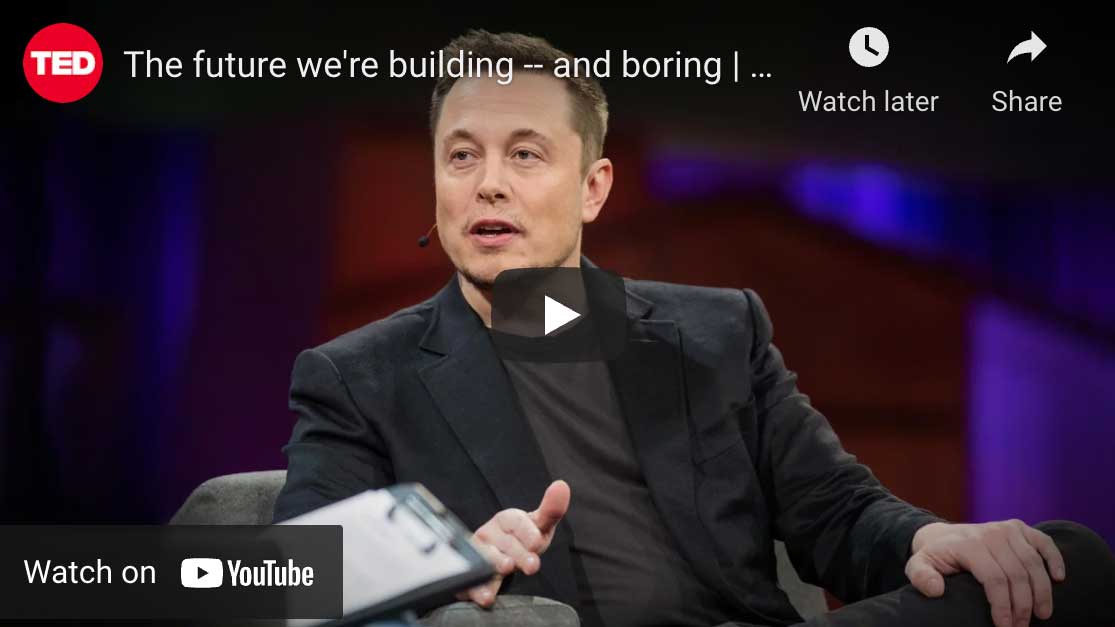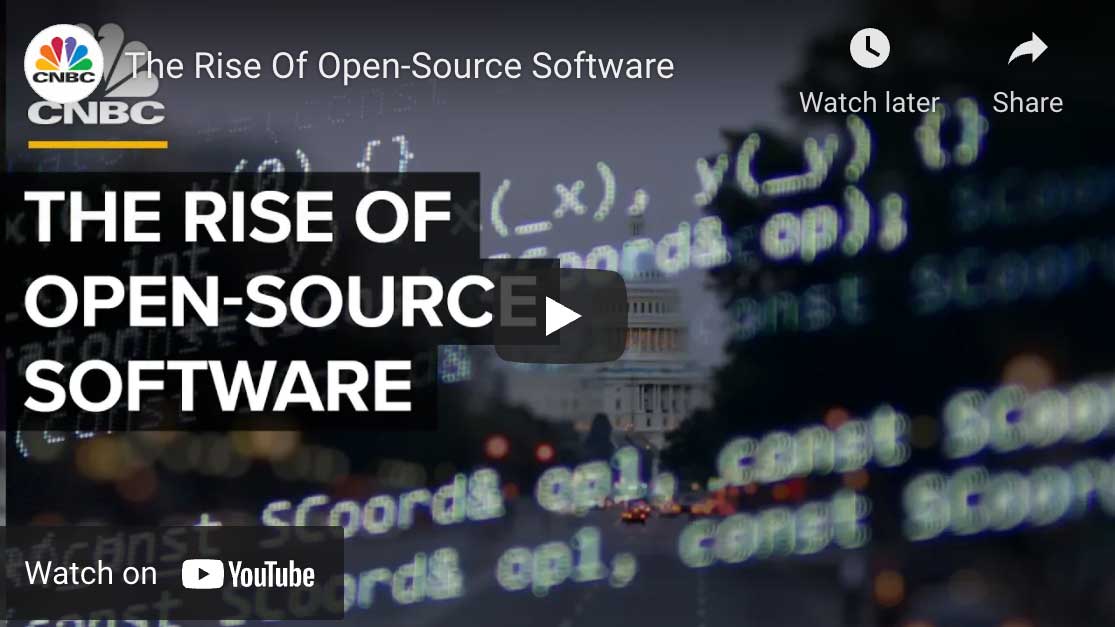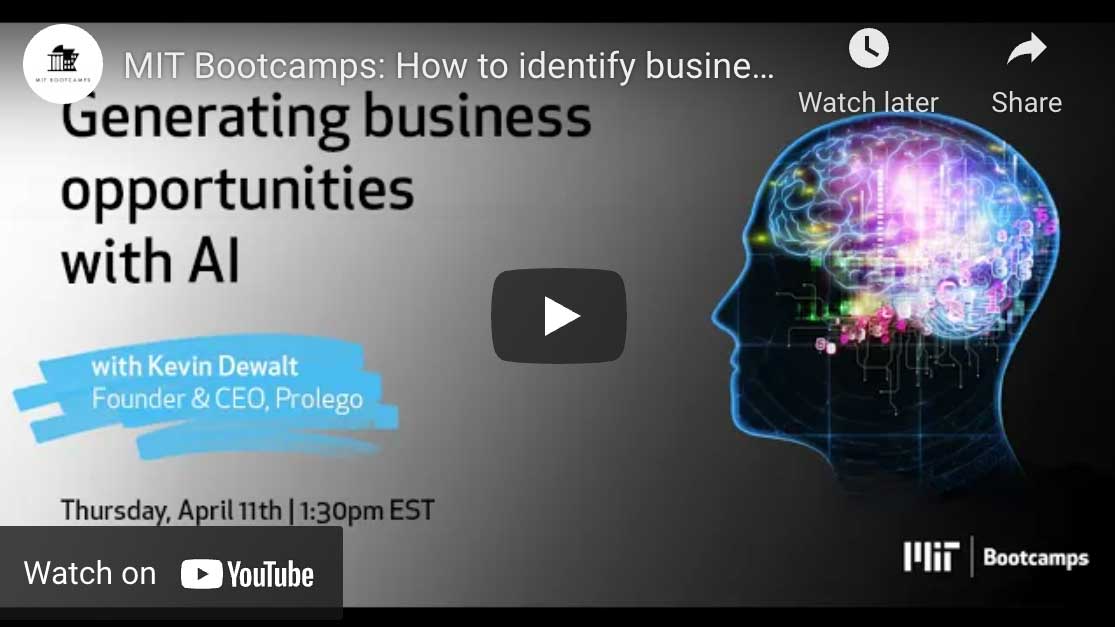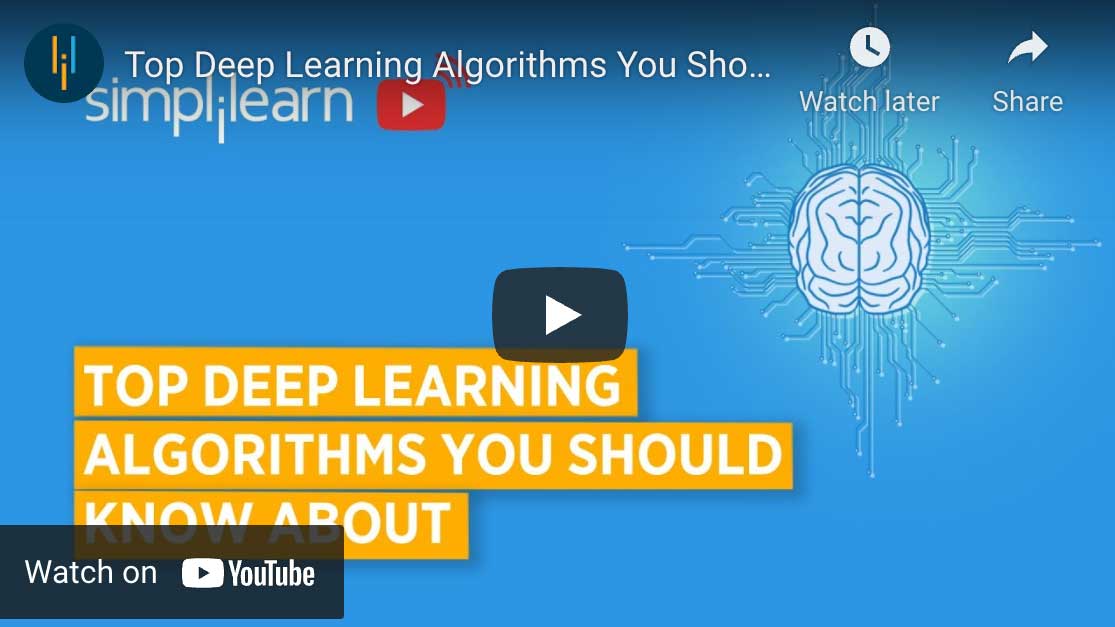A glimpse into the future

There is a new world emerging from the shadows of what was considered, only 30 years ago, science fiction – a world where cloud computing, artificial intelligence, machine learning and the Internet of Things are coming into their own.
Manufacturing and customer industries, by and large, are starting to generate and use an increased amount of big data; life sciences, especially biotechnology, relies heavily on cloud computing and its extremely low-cost storage capacity and accessibility.
There cannot be any discussion surrounding smart cities and autonomous vehicles, let alone what is anecdotally called ‘the future of work’, without a heavy reliance and dependence upon the possibilities created by cloud computing.
As with any virtual storage, online interaction and communication, the biggest threat posed by cloud computing is that related to its security and to, what one would call, ‘hackability’. No online data is cybercrime full proof, though there have been significant strides made to ensure that protection is as high as it can be.
Common software frameworks are here to stay – they enhance collaboration between software developers and, in tune with a circular business model, that collaborative ecosystem creates both opportunity and growth.
The number of newcomers entering the software market globally is steadily increasing: they are fully aware of the capitalisation power that only open-source architectures can offer. The opportunity to add to already existing machine learning and artificial intelligence frameworks is growing, and the solutions that can be identified, co-created or developed by digitally native start-ups are highly likely to see a massive boost.
Concepts that still, to many, mean nothing or are considered a thing of the future, are already gaining ground: machine learning, artificial intelligence, application programming interfaces and natural language processing cannot have their capitalisation opportunities stifled, on the contrary.
Deep learning algorithms are an area to watch, both in terms of the software being able to autonomously learn and fine tune itself but, also, in terms of who their main users may be: due to rather market-restrictive computational, resource and power requirements, they are likely to be extensively used by large multi-national corporations or by international governments.
The use of any personal and proprietary data raises a significant number of ethical concerns not just for the common consumers, unsuspecting members of the public but, also, for various national and international organisations concerned with the intrusiveness of computer-generated software, algorithms, intrusiveness, machine learning and artificial intelligence.








